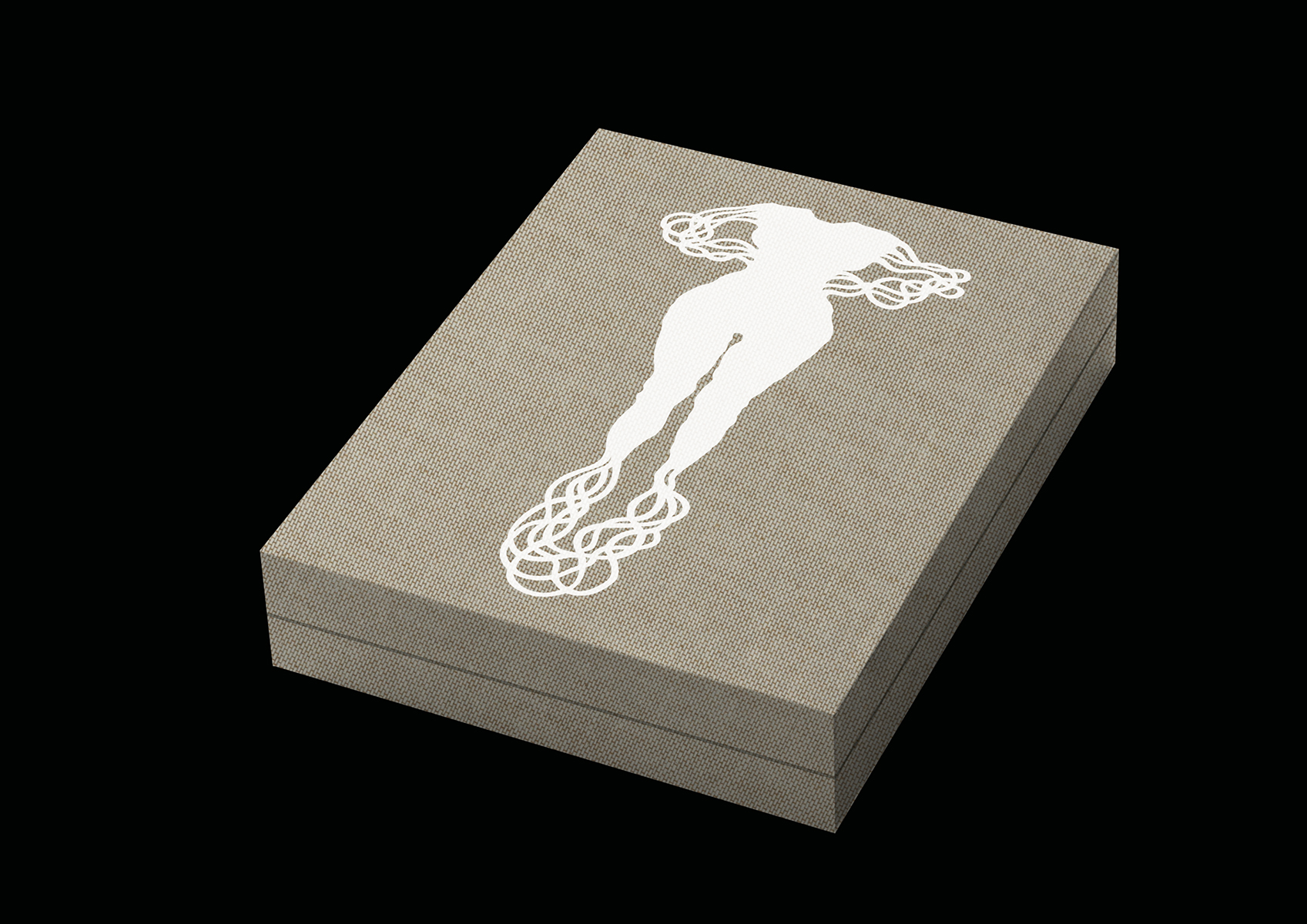
The Book of Forgetting and Lightness
An artist book published in 2025 by éditions Take5, Geneva,under the editorial direction of Céline Fribourg
Artworks by Shahzia Sikander
Linen-covered “lotus book” with dry embossing and glossy hot stamping on cover
Text by Prof. Scott Small,
Graphic Design by Atelier Tout va Bien,
Gradient lattice tray case designed by Studio Guberan in collaboration with MIT lab.,
crafted in silicon with Rapid Liquid Printing technology
An edition of thirty-five copies, numbered and signed by the artists
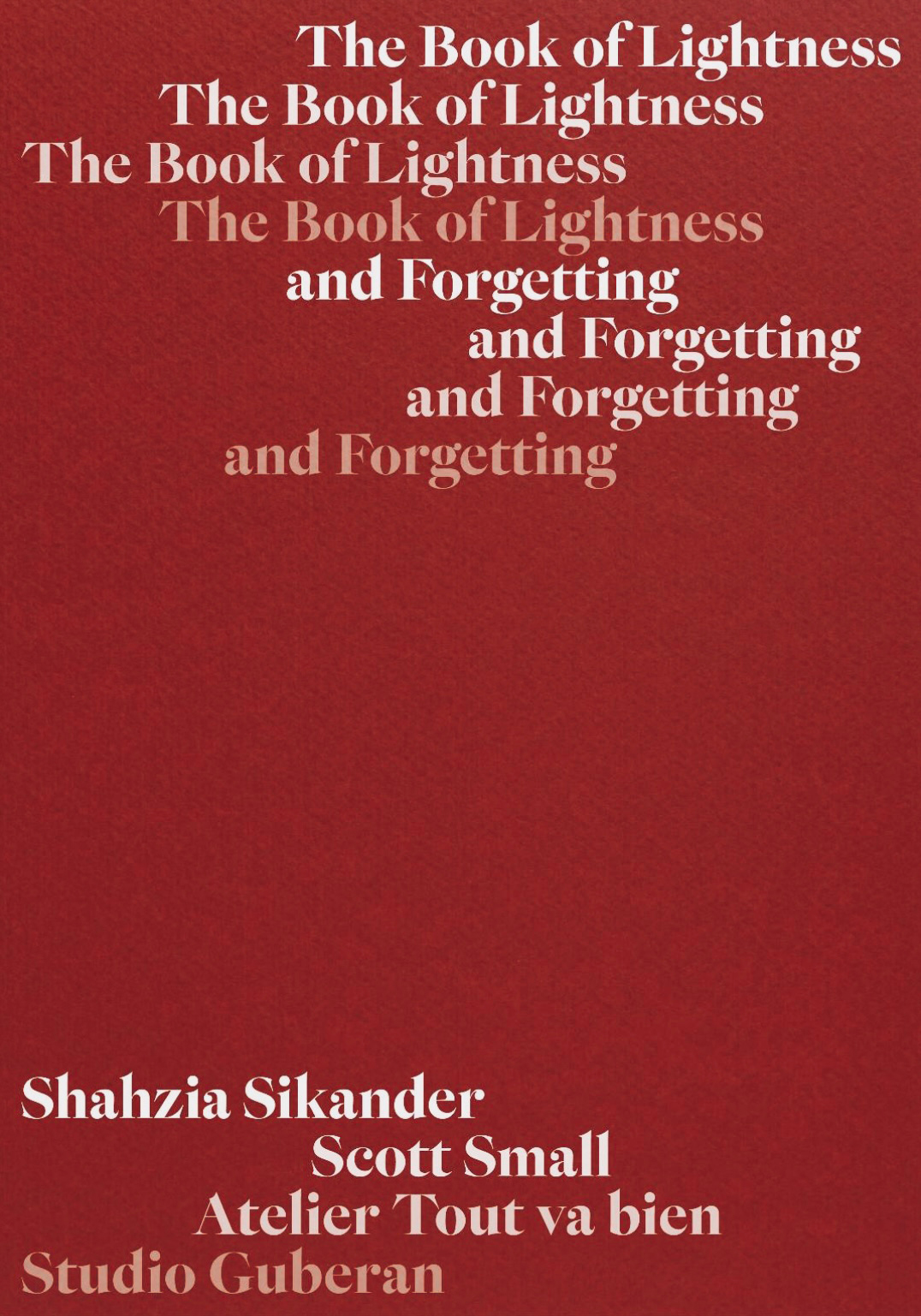
“It used to be believed that forgetting was due to a failure of the brain's memory mechanisms. But new developments in neuroscience over the past decade refute this simple idea.”
So begins neuroscientist Scott Small's groundbreaking text, before exploring the essential benefits of forgetting on our intimate, social lives or societal dynamics.
Scott A. Small, an American neuroscientist, directs the Alzheimer's Disease Research Center at Columbia University. He is known for his work on Alzheimer's disease and normal cognitive aging. His research focuses on the hippocampus, a brain circuit targeted by Alzheimer's disease, aging and schizophrenia.
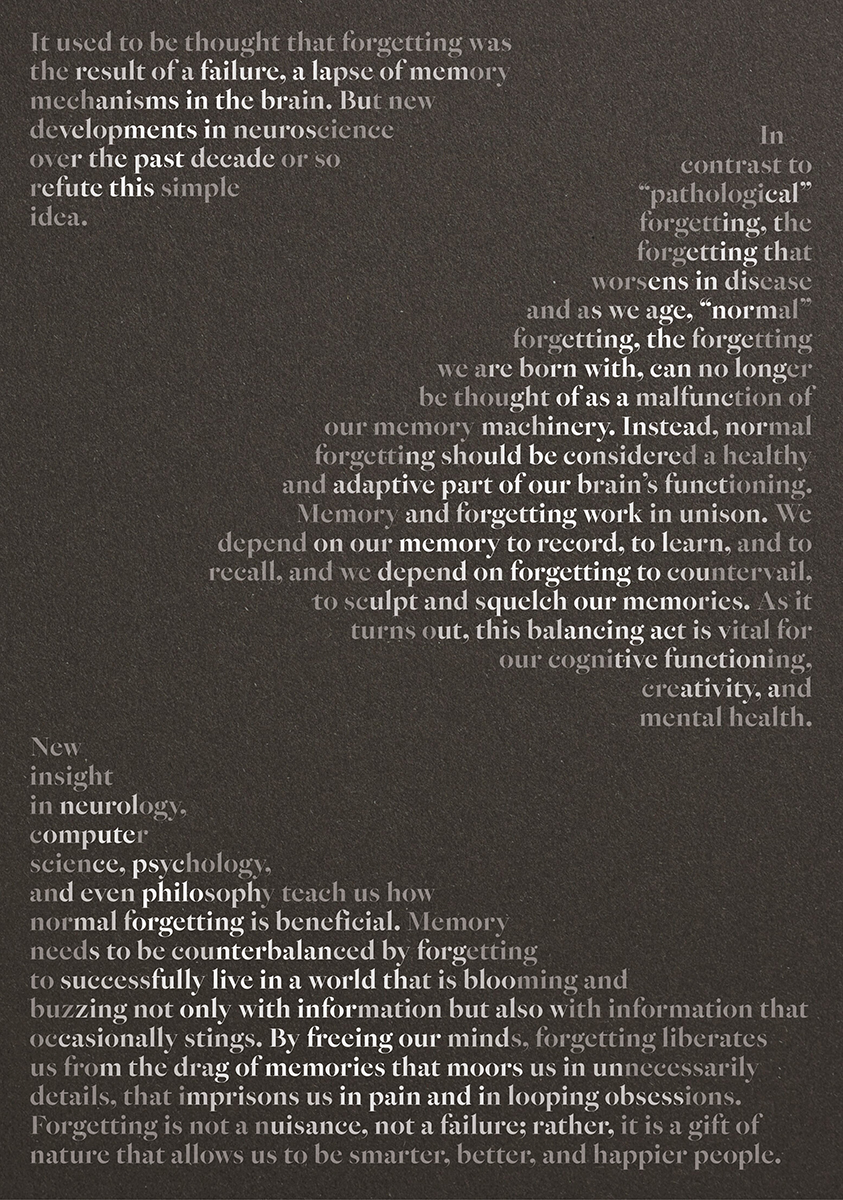
The text of the book is made up of aphorisms, which contradict certain preconceived ideas about the brain, and underline the vital importance of forgetting.
Prof. Small's thesis on the benefits of forgetting can easily be linked to the work of Pakistani-American artist Shahzia Sikander:
Sikander grew up and was educated in Pakistan, where she learned to excel in the art of Central and South Asian miniature painting. The second part of her life, as a student and professional, was spent in the United States, where Sikander “liberated” miniature painting from its shackles in order to reinterpret its narrative power. By bringing traditional and historical practices into dialogue with contemporary international artistic practices, Sikander's versatile work brings us back to the idea of forgetting. Forgetting traditions, cultural pressures or traumas, whether individual or collective. Forgetting is a form of protection, but also a tool for clearing the air and creating a space for new connections. What do we keep “in mind”, what do we leave behind? Memory is not fixed, it's a permanent flux.

Through her paintings, video animations, mosaics and sculptures, Sikander questions identity, culture and freedom.
In the Livre de l'Oubli et de la Légèreté, a dialogue is created between the scientfic's aphorisms and the artist's images, which evoke the unconscious, fantasies and dreams.
This lotus-shaped book opens like a flower. The lotus symbolizes purity of body, prosperity, fertility, longevity and even eternity of life, due to the very long germination time of lotus seeds. The elevation and lightness of the flower as it rises above the water is also a powerful symbol. Having drawn the resources for its blossoming from the mud of suffering, the lotus blooms above the water like karma leading to awakening and enlightenment.
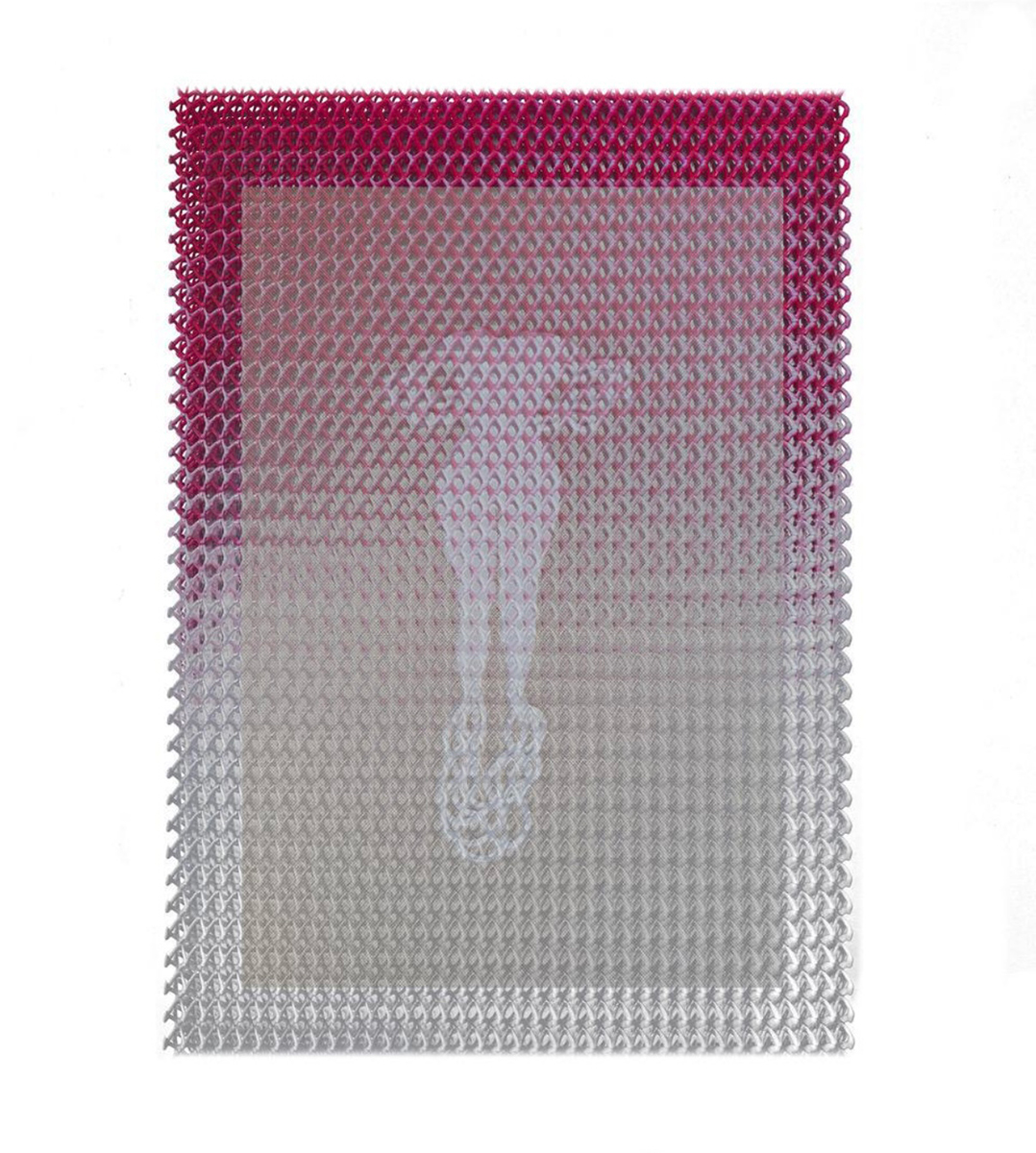
The architecture of the book could also be likened to a dissection of the brain, revealing a new element in each compartment, a printed work from the artist, a scientific photograph or a text.
The text also contains an introduction to brain anatomy, written by Scott Small and illustrated by Shahzia Sikander, as well as three scientific photographs from Columbia University's Department of Neuroscience, representing the latest advances in imaging research. The aesthetic quality of these images makes them akin to works of art, allowing us to imagine the immense complexity of the brain.
The graphic design was laid out by Atelier Tout va bien. The layout combines aesthetic experimentation, typographic accuracy and visual narrative.
The different levels of superimposed shades of white evoke the coming and going of memories. The Epicene typeface has Baroque origins and was inspired by the work of two 18th-century maestros: J-F. Rosart and J.M. Fleischmann. From a typographic point of view, Epicene's exaggerated details add rigor to small sizes and vigor to large ones. Culturally, Epicene says one thing: typefaces have no gender. Numerous superimpositions of transparent colored layers blend and hide the informations in the colour of the page, as if they had vanished through oblivion.
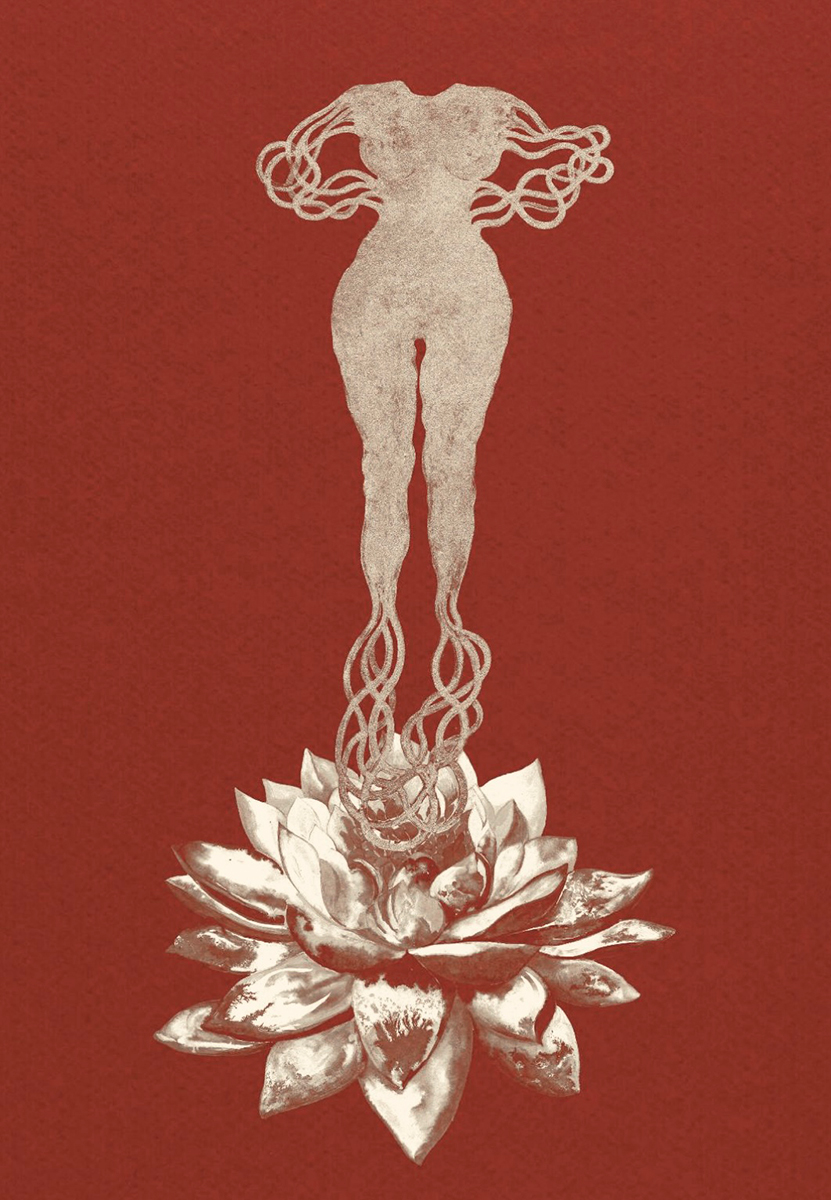
The book case features the embossing of a female character, emblematic of Shahzia Sikander's work, Havah. Havah means “air” or “atmosphere” in Urdu, and “Eve” in Arabic, Hebrew and other languages. Its appendages suggest tree roots, which for the artist symbolize “the self-rooting of the female form (...) which can carry its roots wherever it goes”.
The book case was imagined by Christophe Gubéran, a Swiss designer who graduated from ECAL and bases his work on observation and experimentation. Christophe has been collaborating with MIT in Boston since 2014. He has designed products for companies such as Nestlé, Alessi, USM and Google, and has received numerous distinctions including the Swiss Design Award on several occasions.

Pour ce livre Christophe a imiginé un entrelat de silicone, qui entoure le coffret comme une boite cranienne, et rappelle les circuits neuronaux par ses enchevêtrements. Il fait aussi référence aux “racines” fluides, qui ornent les membres des personnages de Shahzia Sikander, et représentent notre culture, notre histoire et nos émotions. Ce treillis de silicone a été réalisé à Boston, avec une nouvelle technologie brevetée, avant-garde et révolutionnaire, une impression 3D réalisée dans du liquide. Il s’inscrit dans une perspective écologique de durabilité, dans la mesure ou le silicone est un matériau issu non de la pétrochimie mais d’un matériau minéralogique, la silice et un monomatériau.
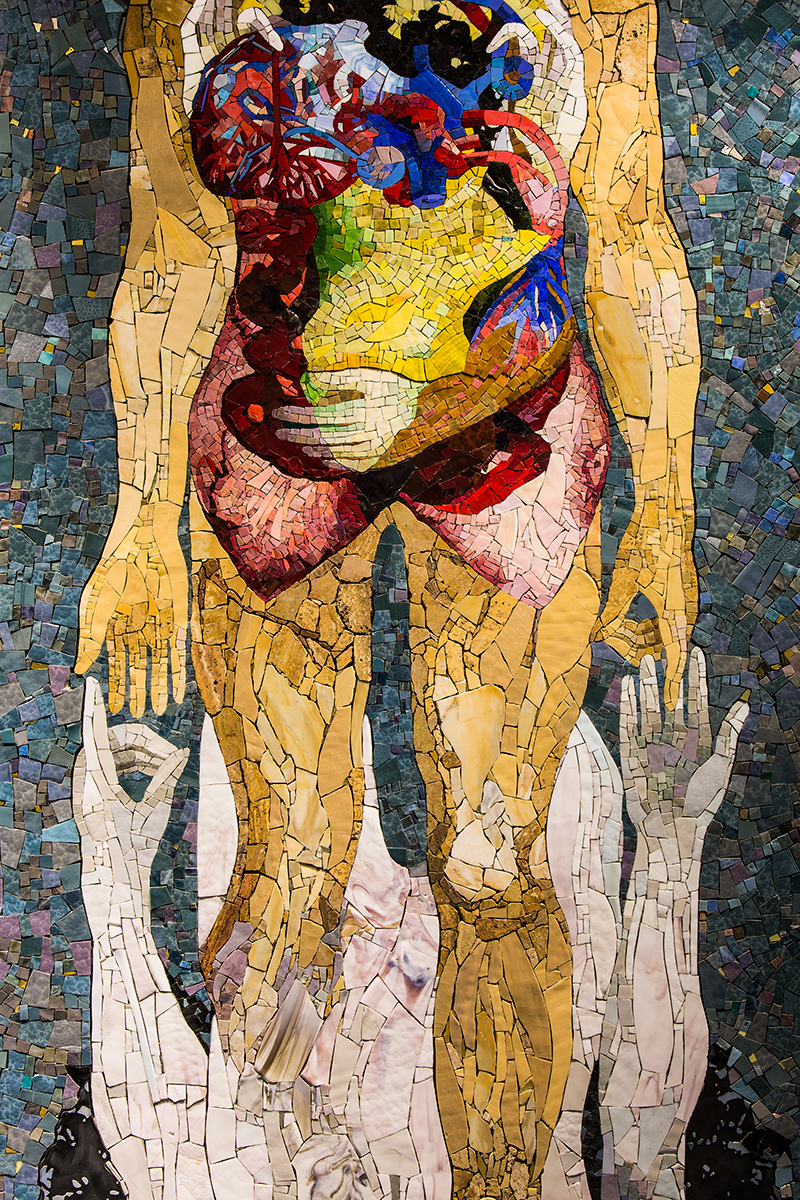
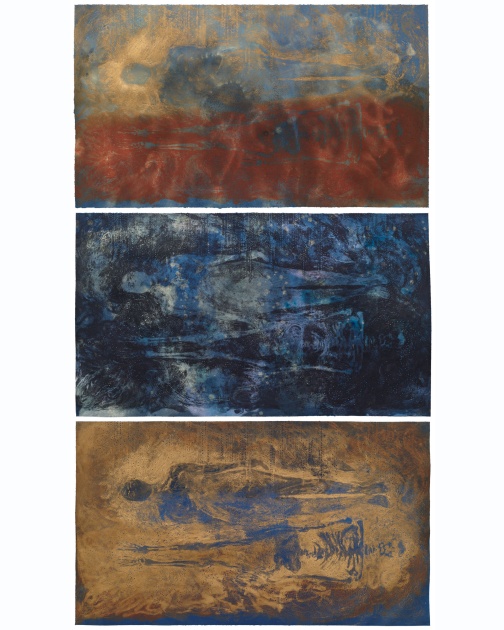
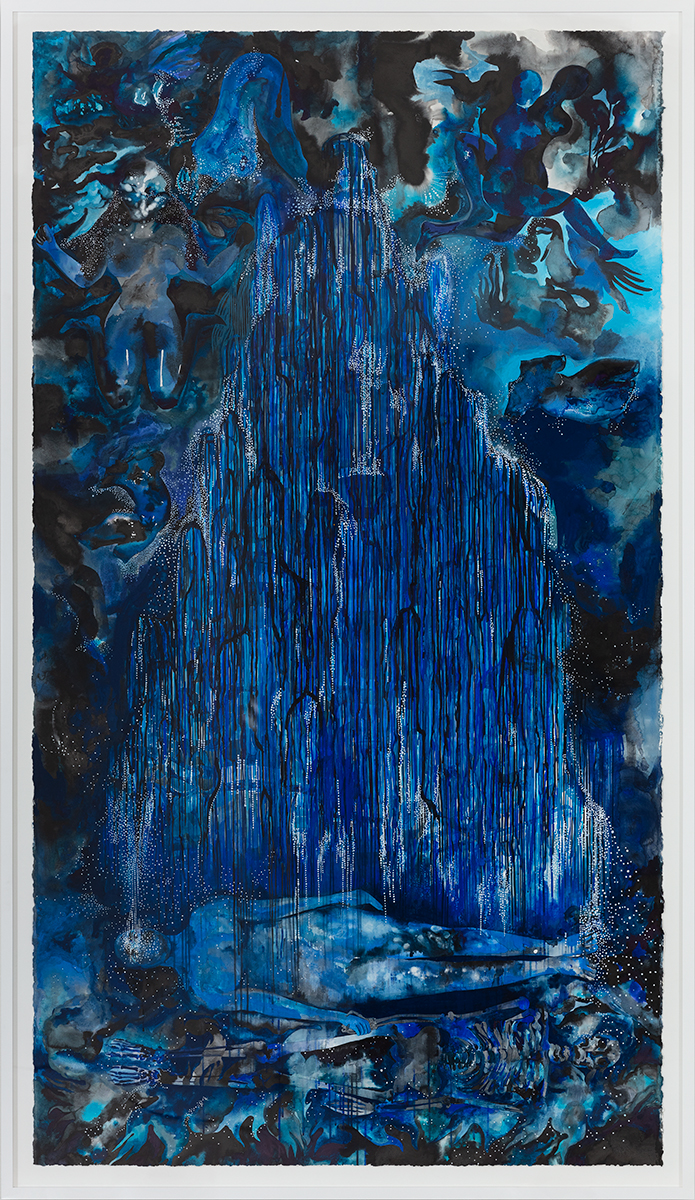
 FR
FR